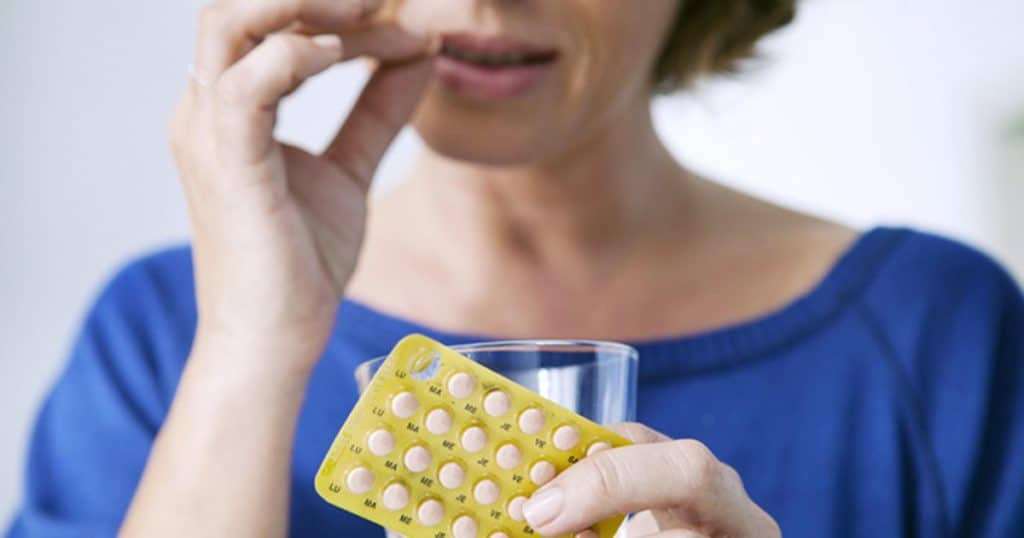Co-Locating Contraception And Opiate Treatment May Help Prevent Unwanted Pregnancy
Nikki Attkisson | Last Updated : July 20, 2021When comparison to females lacking drug use problems females experiencing opioid usage abnormalities have more unintended pregnancies fewer inter-pregnancy gaps, and poorer contraceptive usage. This has a negative impact on this population’s maternal and women’s health.
The combination of medical therapy and reproduction healthcare has been proposed as a way to enhance results for females with substance-using problems. The purpose of this research was to see if the place where females obtained MAT (Medication-assisted treatment) had an impact on their reproductive preparation, short birth interval, or postpartum contraceptive use among pregnancies.
Co-Locating Contraception And Opiate Treatment May Help Prevent Unwanted Pregnancy
Unwanted pregnancy has been a serious concern for many females across the nation as well as the planet and that is why this research holds more significance from medical as well as social points of view. The contraceptives used presently have some evil effects on the body of a woman and that is why new options are yet to be checked by the experts. The current research is believed to be a path maker in this direction as a new option for treatment can be availed with the help of the same over a period.
We evaluate a few inventive medical strategies in such regions. They attempt to incorporate family planning into the material utilize disease treatment as well as other configurations that represent individuals with OUD (Opioid Use Disorder), as well as interventions aimed at making family planning a better preference by many females with OUD.

Most of these measures, according to the findings, have increased contraception use and may help in efforts to minimize unwanted pregnancies and promote contraceptive availability amongst females with OUD today and in the coming days ahead.
The research enlisted the participation of 98 females who belong to different ages and regions. For both conceptions, 84 percent of the females with known pregnancy intentions statuses are unexpected. Over half of the females (56.1 percent) had a shorter inter-pregnancy gap, classified as less than 18 months among pregnancies.
In the postpartum interval, half of the females (50 percent) could not get any form of contraception. In addition, many patients (42.2 percent) wanted lengthy reversible contraceptives, but only 9.3 percent got it. The results are not significantly varied between the treatment strategies.
Significant improvements in the proportion of newborns hospitalized with neonatal abstinence disorder have accompanied dramatic rises in the frequency of OUD throughout gestation. Unintended pregnancy is common among females with OUD, according to reliable reports, and numerous researches show that they want easier access to contraceptives.
Highlights
- The majority of pregnancies in females who have an opioid addiction problem are unplanned.
- There were requests to make contraceptives more accessible to females who take opioids.
- Birth control has been included in drug rehabilitation facilities and other facilities that serve this group, according to research.
- Some have tried interventions aimed at making pregnancy prevention a greater priority in this group of people.
- Most of these initiatives have resulted in a rise in contraceptive use.
Unprecedented levels of NAS (Neonatal Abstinence Syndrome) have been attributed to rising rates of opioid addiction amongst females of reproductive age as well as consistently high levels of unwanted pregnancy amongst females who use opioids. Efforts to avoid unwanted pregnancy and enhance accessibility to contraception among females who take opioids have been urged for in calls to reduce NAS. Scientists have been testing a variety of novel ways, and preliminary findings indicate that most of them have resulted in increased contraceptive usage, which could help in efforts to minimize unwanted pregnancies and enhance contraception availability for females with OUD today and in the near.
With over 15 years as a practicing journalist, Nikki Attkisson found herself at Powdersville Post now after working at several other publications. She is an award-winning journalist with an entrepreneurial spirit and worked as a journalist covering technology, innovation, environmental issues, politics, health etc. Nikki Attkisson has also worked on product development, content strategy, and editorial management for numerous media companies. She began her career at local news stations and worked as a reporter in national newspapers.
